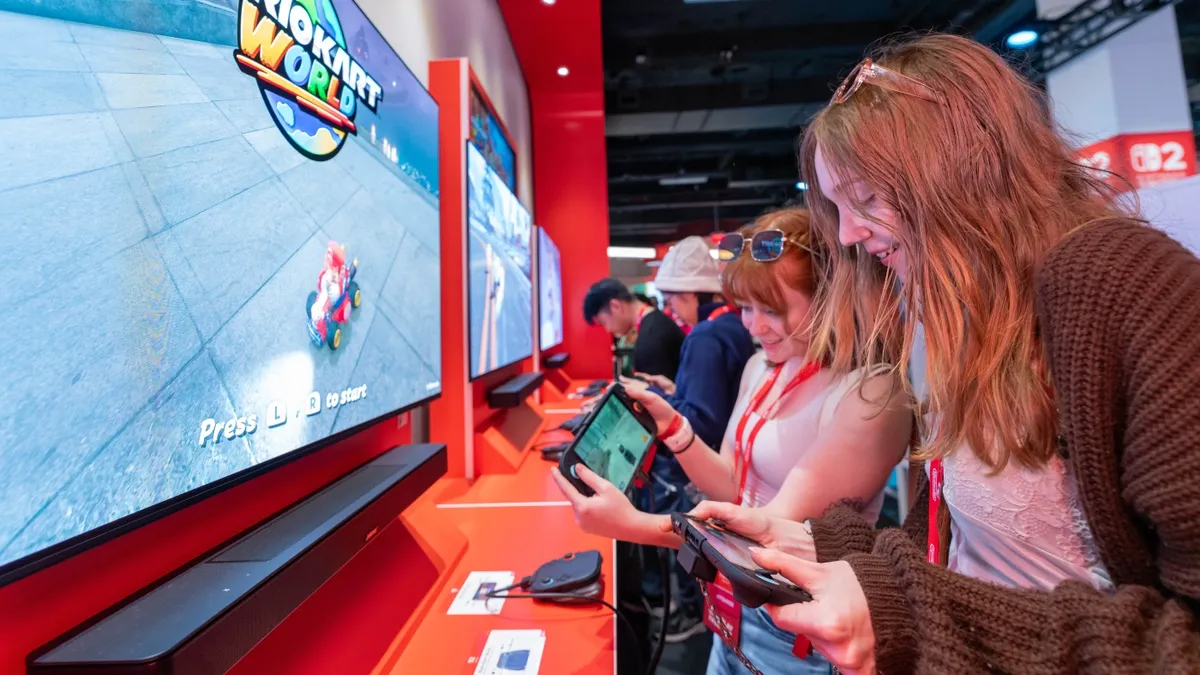
U.S. consumers may face higher costs than the anticipated $449 price tag for the highly awaited Nintendo Switch 2. Nintendo announced on Friday that preorders for the new console will be delayed due to President Trump's newly implemented global tariffs. The company confirmed that preorders in the U.S. will not commence until April 9, 2025, as they evaluate the potential impact of these tariffs and other market conditions. While the launch date of June 5, 2025 remains unchanged, Nintendo plans to provide updates regarding the preorder timeline in the future.
In a conversation with Doug Bowser, President of Nintendo of America, we discussed the challenges surrounding the pricing of the Nintendo Switch 2. Many fans have speculated that the initial $449 price reflects the potential impact of global tariffs. However, Bowser indicated that the pricing was determined based on previous tariffs, which had no effect on the current pricing structure. “What I can share is the $449 for the individual SKU and then the $499 for the hardware SKU plus Mario Kart World were made based on previous tariffs,” he explained. Currently, Nintendo is actively assessing the implications of the new 24% additional tariffs on Japanese exports and their overall business strategy.
As the launch date approaches, there is rising concern about product availability, particularly in light of effective scalping bots. Bowser expressed Nintendo's commitment to ensuring that every family who desires a Nintendo Switch 2 can acquire one upon launch. “We want to meet the demand that’s out there,” he stated. The company has been building up inventories in preparation for the launch and is collaborating with retail partners to combat scalping practices. "Retailers have programs in place to mitigate this issue, and we rely on them for a smooth sales process," Bowser added.
When discussing the choice of June 5 as the release date, Bowser emphasized that timing is flexible and based on the readiness of the games and hardware. “We think June is a very good timing,” he said, noting that the summer season is ideal for gaming, especially for a device that offers both home and portable play. The Nintendo Switch 2 is designed to cater to both in-home gaming and on-the-go play, making it an excellent choice for summer travel.
With the introduction of the new Joy-Con controllers featuring mouse capabilities, Nintendo aims to broaden its game catalog, potentially rivaling platforms like Steam. Bowser expressed the goal of creating a home for a diverse range of players, from families to more mature audiences. “We want to ensure that we’re providing content that appeals to all types of players,” he stated, highlighting the importance of attracting developers to create mouse-controlled games for the new console.
As Nintendo navigates the complexities of global trade and potential chip shortages, Bowser reassured consumers that the company has established a robust supply chain. “We spent considerable time with our suppliers to ensure that we have a long-term plan and a filled pipeline of materials,” he explained. This proactive approach is intended to meet the anticipated demand for the Nintendo Switch 2.
When asked about the possibility of relocating manufacturing to the U.S., Bowser stated that Nintendo is continually evaluating its manufacturing strategy based on volume needs and economic factors. Currently, the majority of Nintendo's manufacturing occurs in Southeast Asia, but the company remains open to exploring options that ensure a reliable supply chain.